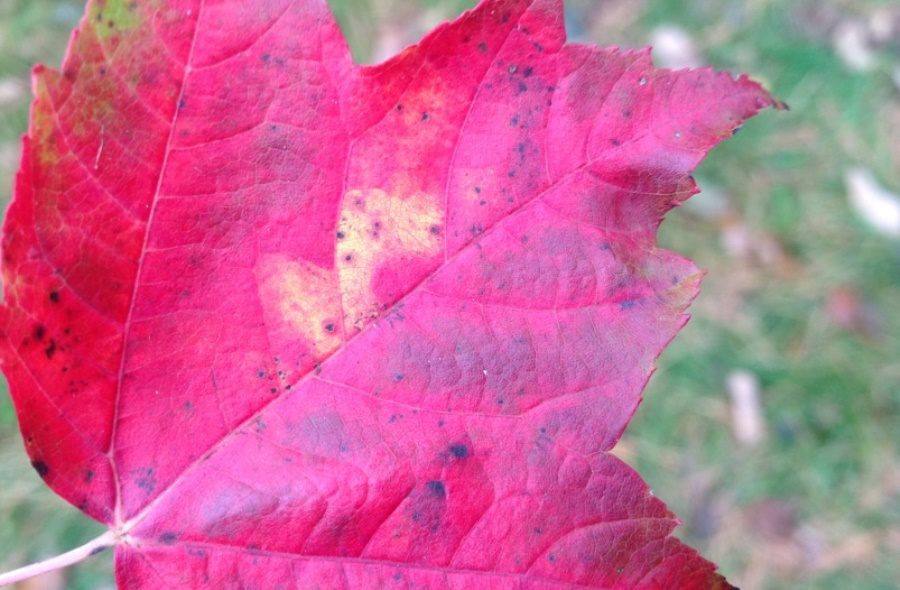Photo by John Milliken
The Changing Seasons
“My friends, the leaves, who used to entertain me
On summer afternoons with idle chatter,
Are dropping off in ways that shock and pain me.
I wonder what’s the matter.
My friends, the birds, are quietly withdrawing;
The meadow-larks are gone from fence and stubble;
Even the crows are gone; I liked their cawing.
I wonder what’s the trouble.
My friend, the sun, is here, but altered slightly;
He acts more coolly than he has been doing;
He seems more distant, and he smiles less brightly.
I wonder what is brewing.”
-James Daly, S. J., “In Coventry”
In the Northeastern United States, fall is often seen as one of the most picturesque seasons. As the summer ends and fall begins, the leaves change from green to brighter colors, such as yellow and red, and flocks of birds are frequently seen flying south.
Fall makes many people think of pumpkins, apples, and scarecrows. Although everyone enjoys the changing of the seasons, not everyone understands exactly why and how they change.
The most obvious changes happen to the environment. The days grow shorter, the temperature drops, and, most famously, the leaves change colors. After changing to bright orange, yellow, and red, the leaves begin to fall off the trees, leaving them bare.
The animals also begin to react to the changing season. Many kinds of birds, in order to avoid the coming winter, fly south to warmer climates.
Squirrels can be seen gathering nuts to see them through the winter. Bears eat more heavily, preparing themselves for their coming sleep. Some animals, such as frogs, will fully hibernate during the winter, burying themselves in the mud and remaining there, inert, until the spring.
Finally, another noticeable change is the increased prevalence of jack o’lanterns and apple cider.
While nearly everyone enjoys the changes this time of year brings about, many do not fully understand why it happens. At a basic level, the seasons change because of the way the Earth is tilted.
As it travels around the Sun, the Sun’s rays hit the Earth; the part that tilts toward the Sun receives more light, and is therefore warmer, while the part that tilts away receives less, and is colder.
When we experience fall, our hemisphere is tilted away from the Sun. Interestingly, because of this, the seasons are opposite on the opposite sides of Earth. For instance, people in Australia often spend a lot of time at the beach during Christmastime*.
There is a scientific explanation for the leaves changing color too. As part of photosynthesis, the food-making process in plants, the leaves of the trees have a chemical called chlorophyll, which makes the leaves green.
During the fall, the chlorophyll is lost, revealing the yellow coloration. Glucose, a food stored in the leaves, changes the color to red**.
From the pumpkins, to the colorful leaves, to the migrating birds, fall is certainly one of the most enjoyable seasons. Knowing the reasons behind some of the changes that take place at this time of year, whether the tilt of the Earth or the food-making process of trees, can add to the enjoyment of this special season.
* [“Earth’s Tilt is the Reason for the Seasons!” windows2universe.org. Retrieved 10/25/17. “Christmas in Australia.” whychristmas.com. Retrieved 10/25/17.]
* [“Why do Leaves Change Color in Autumn?” sciencemadesimple.com. Retrieved 10/25/17.]

